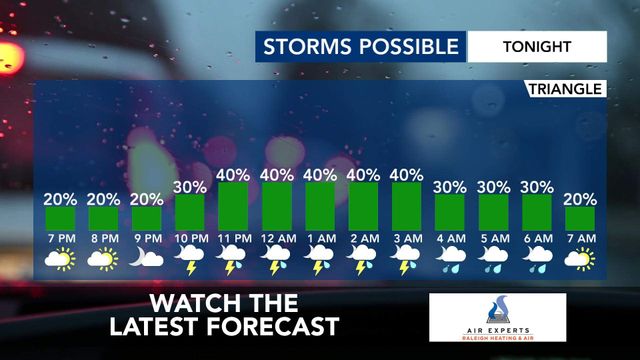These 119 NC schools were the top-performing public schools in 2018-19

North Carolina public schools released new data Wednesday showing what performance grades every school in the state received last school year. Of the more than 2,500 public schools in North Carolina, 119 of them received a performance grade of A and exceeded academic growth expectations.
Search the database below to see the highest-performing public schools in our state.
{
"name": "footable",
"attrs": {
"id": "18610862",
"identifier": "top schools",
"sortable": "School system|School name|Region|Grade span",
"limit": "119",
"filter": "true",
"on": "School system",
"header": "Top-performing NC public schools in 2018-19",
"description": "Search or sort the database to see which schools in your area were among the top-performing schools in 2018-19. The 119 schools, both traditional public and charter schools, received school performance grades of A and exceeded academic growth expectations.",
"credits": "Source: N.C. Department of Public Instruction"
},
"children": null
}How did my school perform?
Search for your school below to find out what grade it received for the 2018-19 school year. Plus, see your school's reading and math test scores and graduation rates and find out how your school compares to the rest of the state.
B
Overall grade
Grade breakdown
Grades are based on your school’s achievement score on state tests (80 percent) and students' academic growth (20 percent). The performance scores are converted to a 100-point scale, broken into 15-point increments, to determine a school letter grade of A, B, C, D or F. Schools showing a grade of "I" had insufficient data. Alternative schools are marked with "ALT."
Component scores
Overall score
100
100
In 2018-19, met/did not meet/exceeded its growth expectations. In 2017-18, this school met/did not meet/exceeded its growth expectations.
Performance by subject
Grades are based on your school’s achievement score on reading and math tests (80 percent) and students' academic growth (20 percent). The performance scores are converted to a 100-point scale.
Reading score
Math score
Graduation rates
Rates are based on the percentage of students who graduated from your high school in four years or less.
17-18 GRADUATION RATE
18-19 GRADUATION RATE
How your school compares
See how your school compares to the state. The overall score is based on your school’s achievement on state tests (80 percent) and students' academic growth (20 percent).
Overall
Score
Your school
State
Growth
Achievement
SOURCES & METHODOLOGY: School performance, growth and achievement data is provided annually by the N.C. Department of Public Instruction. State-level comparison data is calculated by taking the average number of scores, based on the total number of all schools reporting.
The performance scores are converted to a 100-point scale and then used to determine a school performance grade of A, B, C, D or F. The final grade is based on a 15-point scale:
- A: 85-100
- B: 70-84
- C: 55-69
- D: 40-54
- F: Less than 40
- I: Incomplete
Schools with N/A, I (Insufficient data) or a blank indicates that the school does not have tested grades or sufficient data for reporting.
Interactive by Tyler Dukes // Analysis by Kelly Hinchcliffe
All North Carolina public schools, including charter schools, have received A through F letter grades since 2013-14, when the General Assembly passed legislation requiring it. Schools are also judged on whether their students exceeded, met or did not meet academic growth expectations during the year.
More than a third of North Carolina's approximately 2,500 public schools received a performance grade of A or B last school year and 28 percent of all schools exceeded academic growth expectations.
Critics of the grading system, including the Public School Forum of North Carolina, say school grades are more indicative of which schools have the highest concentrations of students living in poverty than how well educators are teaching children.
In a statement Wednesday, Mark Jewell, president of the North Carolina Association of Educators, said "reducing the entire educational experience to a single letter grade has always been a futile endeavor."
“Instead of going through this A-F labeling exercise year after year, we should be giving our educators and students the resources they need to be successful, rather than wasting precious time and money on a punitive grading system that relies on high-stakes testing," Jewell wrote.












